How to Build On-Demand Delivery App?
On-demand delivery apps are causing havoc in one industry after another. Uber, which began as a taxi hailing app, is now used for everything from grocery shopping to healthcare.
The rise of on-demand apps is the driving force behind every type of business, regardless of the product or service it provides, looking to develop an app.
Call it FOMO, but the demand for on-demand app developers is at an all-time high.
Before we get into how to develop an app, let’s take a look at what types of apps are driving the on-demand market. After all, for centuries, demand and supply have defined market ergonomics.
Types of on-demand applications
1. Customer to Customer
In these types of on demand apps, a person requests a service or product from another person who is using the same platform provided by the enterprise in the form of an app.
C2C on-demand apps include Postmate, Uber, Airbnb, and EpicDelivery.
2. Business to Customer (B2C)
Enterprises frequently develop their own on-demand apps in order to supply their products or provide their services. To seek services or order products, the user must first download the app.
McDonald’s delivers McBurgers and fries to anyone who downloads and orders the McDelivery app. McDonald’s Corporation or one of its global partners publishes McDelivery.
3. Business to Business (B2B)
To keep its business running smoothly, an enterprise relies on a number of smaller enterprises and SMBs.
They could be suppliers, service providers, or a maintenance company, among other things. Enterprise-to-enterprise apps keep businesses on the same page.
Walmart’s suppliers use a collection of mobile apps that are linked to Walmart’s supply chain platform.
On demand apps, regardless of type, are essentially the same and have the same set of features. They are all geared toward two types of users: providers and receivers.
Customer to Customer has three components: providers, receivers, and a publisher. The publisher is Uber, the providers are the drivers, and you are the receiver.
Which sectors to choose?
1. Delivery of food & beverages
Food & Beverage is possibly the most popular sector for on-demand apps. On-Demand Apps for Food allow us to have our favourite meal delivered to our door in just a few clicks.
With many On-Demand food delivery apps, this industry is thriving, and you can be a part of it as well.
Food, for obvious reasons, will never go out of style or cease to be produced.
You have the potential to be the next Breadfast or Talabat with your unique customization and robust business model.
2. Transportation & logistics
Transportation & Logistics is another popular segment in on-demand apps.
This is the most competitive segment, with companies like Uber and Lyft, but it allows new players to try their luck.
Although Uber is the global leader, there are many apps that provide cheaper services in various countries, indicating that beginners can capitalize on the vast potential in this sector.
3. Home service delivery
You can hire any professional to complete your household chores using apps like Task Rabbit and Handy.
You must download the app and hire the required person, who will arrive at your house within minutes, to fix anything from a leaky faucet to a broken television.
In comparison to the other two sectors, there hasn’t been much exploration in this one. Entering here means fewer opponents, which I believe you would prefer.
It does, however, have challenges that must be identified and addressed with a pragmatic business approach.
Execution flow of an on-demand app
1. Seek
A person requests a service and waits for confirmation from the provider. The searching method is the same regardless of app type.
2. Approve
In the ‘Business to Customer’ setting, the provider can approve or deny the request for on-demand apps.
The contract between the two parties governs B2B apps. Disapproval is uncommon in B2C apps. How many times has McDonald’s denied your Big Mac order?
3. Track
After approving the request, the user can learn about the status of the order or service fulfilment. When the service provider or courier is en-route, the user can track its location on a map within the app.
4. Service or product
The person receives the product or service offered. It could be a pizza or a plumber who comes to fix your kitchen faucet.
5. Rate
The person gives the service a five-star rating and provides feedback on the service or product they received.
However, developing apps and publishing them on app stores is only one aspect of on-demand delivery apps.
The publisher must clearly define the types of users they are targeting, establish business rules, form partnerships with suppliers and providers, and establish a budget.
How to grow and retain your user base?
1. Setting target audience
Truck drivers and suppliers will be users, providers, and receivers of an on-demand truck app, respectively.
Similarly, in food delivery apps, restaurants and people are both providers and receivers.
Make sure your app is simple to use and that you don’t need to train any users to drive adoption.
When targeting people rather than businesses, you must define their personas and design the app’s UI/UX accordingly.
2. Partnerships
In the case of a B2B app, you must form a partnership with both the providers and the receivers, and with the providers in the case of a C2C app. You must market your app to end users in order for them to install drivers.
Every transaction made on the app platform is paid for by the publisher of on-demand apps. Before you can create the revenue model, you must first negotiate the price with them.
3. Strategies
Once you’ve identified your target audience, it’s much easier to develop a solid strategy around them.
At this point, developers can simply sketch their ideas on paper as a prototype. This prototype will give you a clear picture of how you want to build an app.
4. Take decision on major players
Once you’ve created a basic outline for your on-demand delivery services app, you’ll need to identify the major players involved.
These players are typically the consumer, the delivery executive, the service, the provider, and the customer support.
5. Type of association
An app publisher must connect providers to his app platform and define their level of involvement. Its partners are Uber drivers.
Many publishers prefer independent partners because they are permitted to conduct business outside of the scope of the company.
Publishers also employ providers on a salaried basis. A few also hire an agency to provide services in their name, but the workforce supplied remains subject to the agencies’ and mutual corporation clauses signed between them.
6. Push notifications which delights and doesn’t annoy
Push notifications are an excellent way to stay at the top of your existing users’ minds. However, overuse or ill-use of it may cost you a large number of users.
Ensure that your Push Notification delights your customers rather than irritates them.
It is critical that your Push Notifications are an integral part of your app and not just a marketing gimmick.
Your Push Notifications should be used to provide value to your customers while also reminding them of your existence.
7. Set loyalty, incentives, and rewards to attract more users
Never pass up a chance to make your user feel special. If you introduce a few offers, it will not cost you a fortune. You can participate in the refer-a-friend program or provide free service for the first five orders.
These offers will increase your user base as more people are drawn in to take advantage of them.
Every audience is unique, and they will express interest in a variety of proposals. Before introducing any offers, conduct extensive research.
8. Personalization
Providing personalized services is a key strategy for retaining customers. This can be accomplished by first storing the data and then analyzing it.
Personalization is a very effective technique for making your customers feel special and for recommending services based on their previous orders.
9. Use feedback and NPS
Take regular user feedback to improve your services. You can also use NPS (Net Promoter Scores), which are questions used to collect feedback. This is how it goes:
“How likely are you, on a scale of 0-10, to recommend this product or service to a friend?” The obtained scores serve as statistics and can be used as data to improve your services.
10. Customer support
Customer service is another important aspect of on-demand delivery apps. It is beneficial because it solves the problems that your end users are experiencing.
It’s also useful when your user can’t reach any of your delivery executives. In such cases, your user can always contact customer service and have their questions answered.


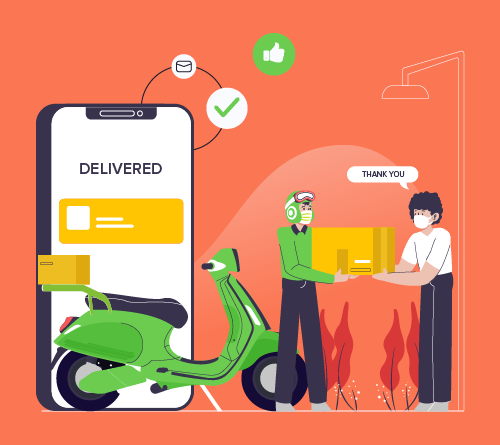
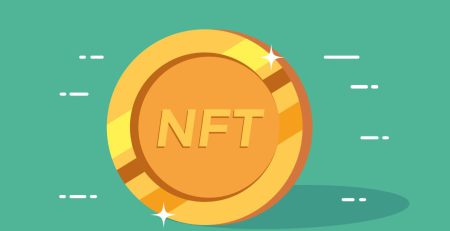



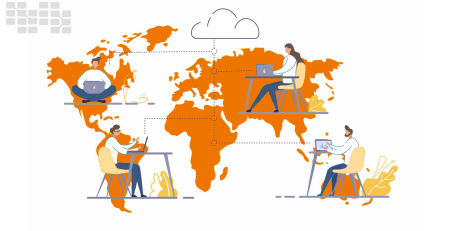
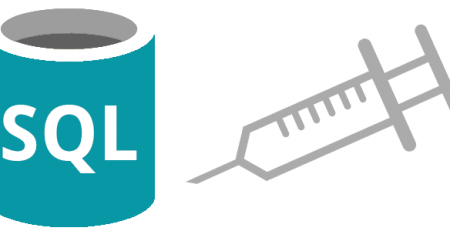
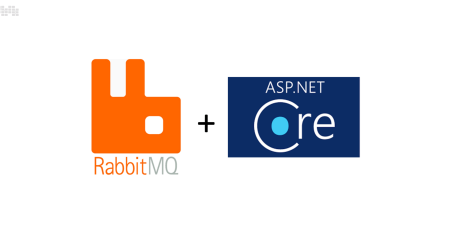
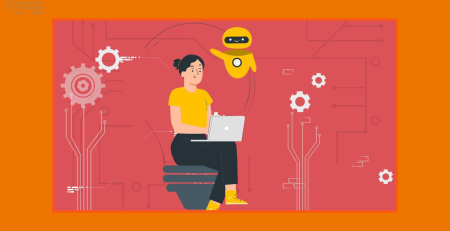
Leave a Reply